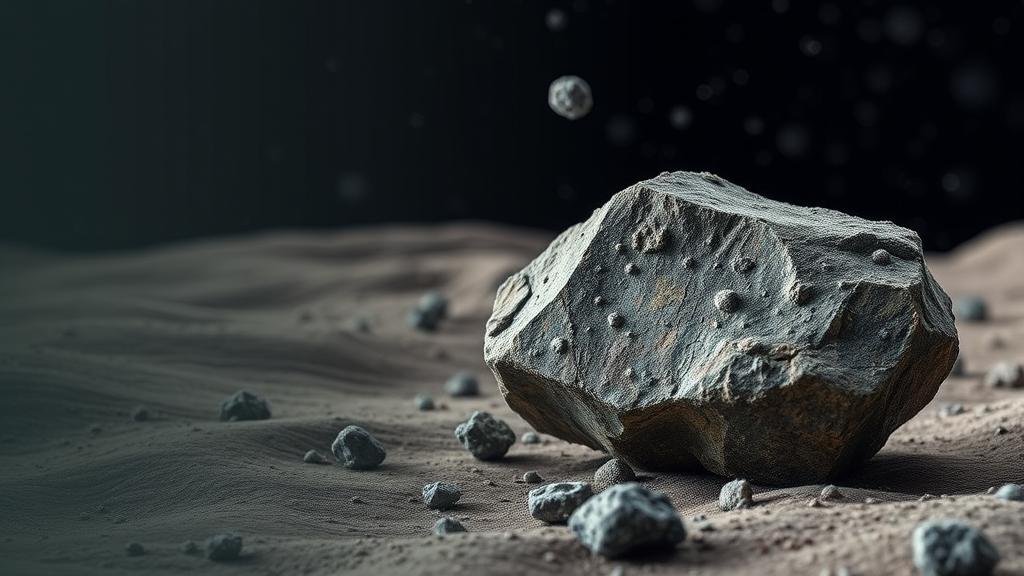Meteorite Legacy: Finding Stardust and Space Rocks in Unexplored Landscapes
Meteorite Legacy: Finding Stardust and Space Rocks in Unexplored Landscapes
For rockhounds and mineral collectors, few quests are as thrilling as searching for meteorites–those ancient remnants of our solar system. Unexplored landscapes, whether arid deserts, icy tundras, or mountain ranges, hold the potential to reveal these celestial treasures. This article explores the strategies for locating meteorites, the science behind them, and practical tips for collectors eager to enhance their collections.
The Science Behind Meteorites
Meteorites are fragments of asteroids, comets, or even planets that survive their violent journey through Earths atmosphere. Upon impact with the Earths surface, these space rocks are classified into three primary categories based on their composition:
- Stony Meteorites: Comprising silicate minerals, these are the most common type, representing approximately 94% of all meteorites.
- Iron Meteorites: These are primarily composed of nickel and iron and account for around 5% of meteorite finds.
- Stony-Iron Meteorites: A unique blend of both rock and metal, these rare finds constitute roughly 1% of meteorites.
The scientific study of meteorites can provide insights into the early solar systems conditions, celestial events, and planetary formation processes. For example, scientists utilize isotopic analysis to date meteorites, providing a window into the universes history.
Finding Meteorites: Ideal Locations
When searching for meteorites, it’s essential to focus on specific environments that increase the likelihood of discovery. Here are some recommended locations:
- Deserts: Arid climates like the Sahara and Atacama, where weathering is minimal, create stark contrasts between meteorites and their surroundings.
- Antarctica: The icy landscape preserves meteorites exceptionally well due to low temperatures and minimal disturbances from erosion.
- Mountain Regions: Areas with unique geological formations can yield meteorites that have been deposited through natural processes like landslides or erosion.
Statistics suggest that nearly 85% of meteorites collected in Antarctica are not found in other parts of the world, indicating the regions unparalleled potential for discovery.
Tools of the Trade: Essential Equipment
Before embarking on your meteorite hunting adventure, gather the necessary tools for an effective search:
- Metal Detector: Useful for identifying iron-rich meteorites.
- Magnifying Glass: To inspect rocks closely for fusion crust or unusual textures.
- Field Guidebook: A guide to help differentiate between meteorites and terrestrial rocks.
- GPS Device: For navigational aids and mapping of found locations.
Bear in mind that while many meteorites can be small and inconspicuous, the right equipment increases your chances of making significant finds.
Practical Tips for Collectors
Here are some actionable takeaways for anyone interested in pursuing the thrill of meteorite collecting:
- Research Local Finds: Before heading out, investigate areas where others have found meteorites. Historical data can provide valuable clues.
- Join Collecting Groups: Engaging with local rockhounding clubs or online communities allows for shared knowledge and opportunities to team up on searches.
- Follow Legal Guidelines: Ensure that youre aware of and compliant with local laws regarding meteorite collecting, especially in protected areas.
- Document Your Finds: Use a notebook or digital camera to catalog the location and characteristics of each meteorite for your collection.
By following these tips and utilizing effective strategies, collectors can significantly enhance their chances of uncovering meteorites in unexplored landscapes.
Conclusion
Searching for meteorites offers rockhounds the excitement of connecting with the cosmos while expanding their collections. With knowledge of the science behind meteorites, suitable locations, essential tools, and practical tips, enthusiasts can embark on this extraordinary adventure with confidence. Whether its the thrill of discovery or the stories each meteorite holds, the legacy of these space rocks is bound to inspire countless generations of collectors.



